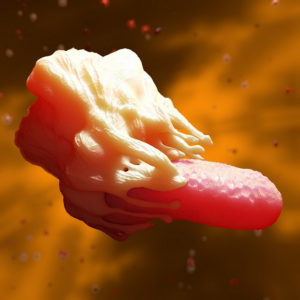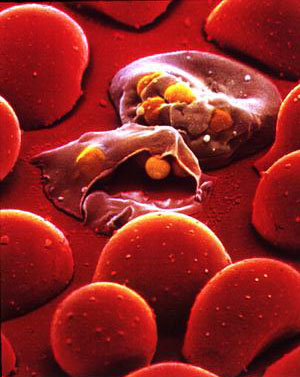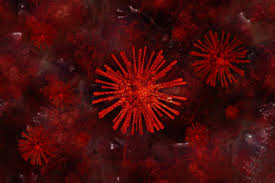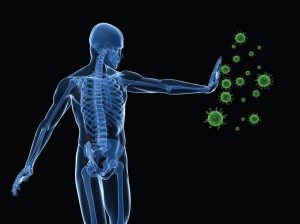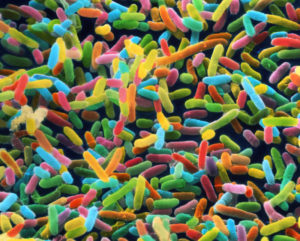The identification of artemisinin (ART) in 1971 allowed treatment of malaria resistant to chloroquine, the prevailing drug at the time, and provided hope for a malaria-free world (1). Today, malaria control efforts have been very successful, with 32% fewer deaths over the past 8 years (2). However, the emergence of resistance to ART and other antimalarials threatens to become a major problem in the continuing program to eliminate and eventually eradicate malaria (3). ART combination therapies (ACTs) are the current gold standard for the treatment and control of malaria, and how parasites that cause malaria in humans mediate this resistance is of intense interest for preventing the spread of drug resistance. On page 51 of this issue, Birnbaum et al. (4) answer this critical question by identifying the molecular mechanism of ART resistance in the most lethal human malaria parasite, Plasmodium falciparum.
